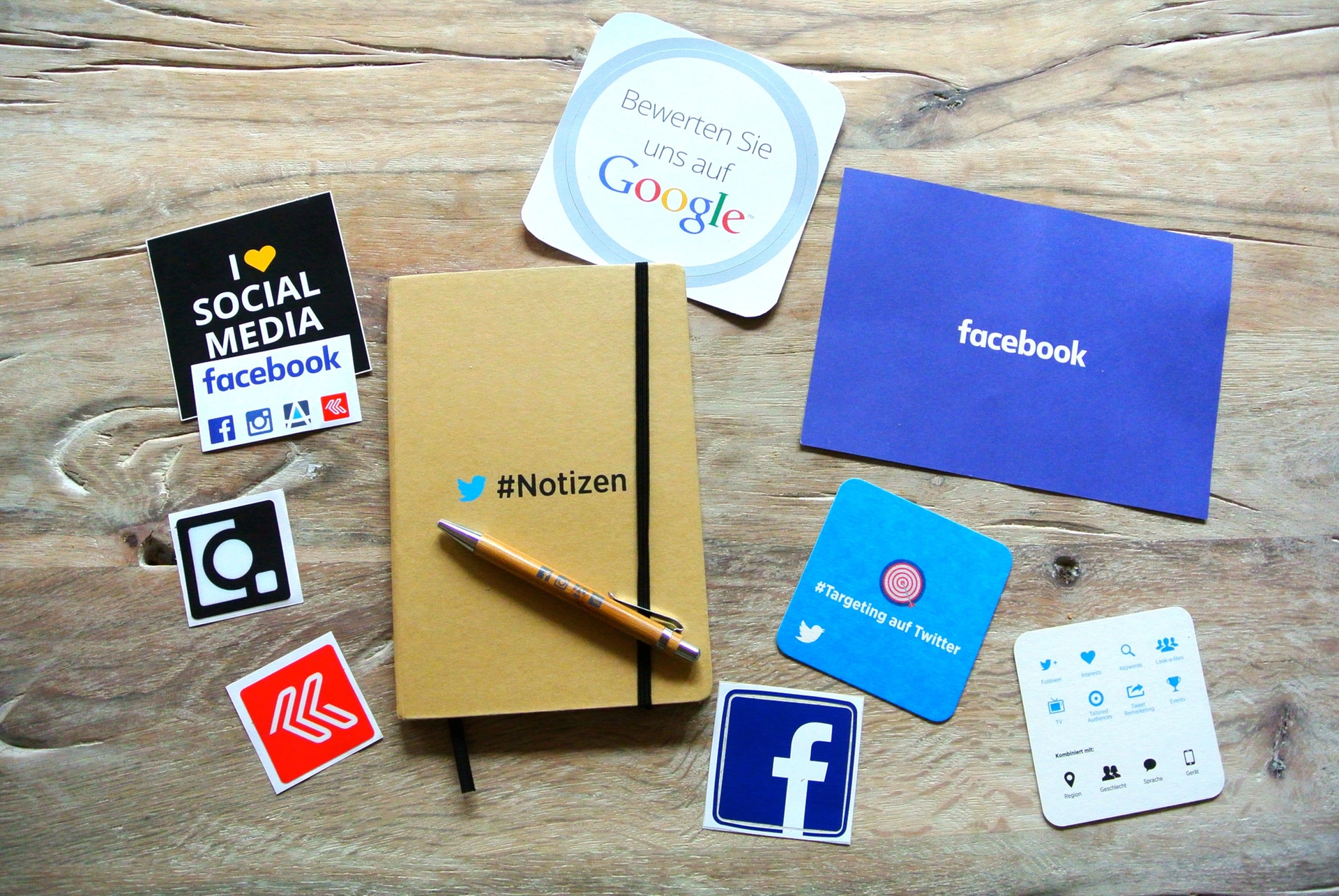If you’re a stakeholder in an association or professional organization, chances are you rely on a membership revenue model. In other words, member acquisition and retention are essential to your bottom line.
At Arke, we have plenty of experience working with associations. More than that, these kinds of partnerships are our jam. We enjoy them. A lot. And one of the things we’ve learned is that too many associations struggle when it comes to building engagement, communicating their value propositions, and increasing membership.
Last week we talked about Facebook’s coming of age and what that means for digital marketers. This week we’re going to look at how associations can leverage some of the big changes to Facebook’s group feature to turbocharge their membership.
As these changes are rolled out, Facebook groups are going to become an increasingly important tool—especially for associations and professional organizations. You’ll be able to use your group to build and develop an extremely active community. Sound good?
As a quick recap, Facebook’s new mission statement is to “give people the power to build community and bring the world closer together.” The people they’re referring to are people like you—stakeholders in communities with clearly defined values. Facebook’s become less interested in facilitating individual interactions. Now, they’re all about communities.
Why Groups?
Before we break down the new-and-improved groups, let’s take a look at what the feature is all about—just in case you aren’t already taking advantage of it. Unlike pages, which are like digital billboards—basically just advertising your institutional timeline—groups give people with shared interests or organizational affiliations the opportunity to engage with each other. They can do so in an environment that’s open or closed.
If your Facebook page lets you express your association’s voice and broadcast it to the public, a group invites your members to express their own voices as part of your association. This distinction is key. It’s easy to see how the group feature encourages engagement at an organizational level. It gets members in on the action.
Group administrators are responsible for managing groups, and many of the changes we’re seeing to the group feature have to do with the amount of power Facebook’s giving to these individuals. During the Facebook Communities Summit in Chicago, Mark Zuckerberg outlined his five key changes.
Let’s check them out.
Group Insights
Insights will change a lot. Giving group administrators access to real-time growth, engagement and membership metrics is a serious no-brainer. With this tool—essentially an analytics suite, when you think about it—you can actually support your group members with content they’ll enjoy.
How? Because you’ll be able to see exactly what your members are engaging with, when they’re engaging with it and how. You can’t give the people what they want if you don’t know exactly what that is. Beyond this, you’ll get a better sense of who your most active members are. The key players in your organization.
Membership Request Filtering
Chances are, if you’re running a Facebook group for your association, it operates as a kind of ancillary community for your members. A place where they can discuss members-only events, network digitally in real time, support each other, and so on. In this case, your group would only be open to your members (adding value to membership, as well).
Facebook now has a way to conveniently filter through membership requests, including a batch accept or decline feature. If your association is big, this’ll be a huge time saver for your administrator.
Removed Member Clean-up
In an effort to remove inappropriate content from Facebook, group administrators now have the power to effectively moderate their groups. This means that they can delete users, posts or comments from a group if they don’t reflect your association’s values. Internal policing is a huge step toward fixing some of the content issues Facebook has had historically. It also guarantees you have control over your own community.
Scheduled Posts
Instead of having to manually post, Facebook’s empowering group administrators to schedule their content by time and date. Convenient, right?
Group-to-Group Linking
At this point, group-to-group linking is in testing, so it’s purely theoretical. That said, it sounds like it’ll create ways of linking groups to develop better intergroup communications. What does this mean for you? Well, it could mean a strong, activated network of associations. It could mean partnerships and cross-promotional opportunities for your association. Now, we’ll just have to wait and see what the future holds.
Facebook’s updated groups feature simply can’t be ignored. The opportunity to build and develop an engaged online community that reflects your association’s values and develops stronger, more empowered members is just one way you can improve your bottom line.
Interested in learning more growth hacks for your association? Well, get in touch; we’d be thrilled to help you out (or give you some good, old-fashioned constructive advice). If you have anything to add, let us know in the comments below. We love lively debate!




